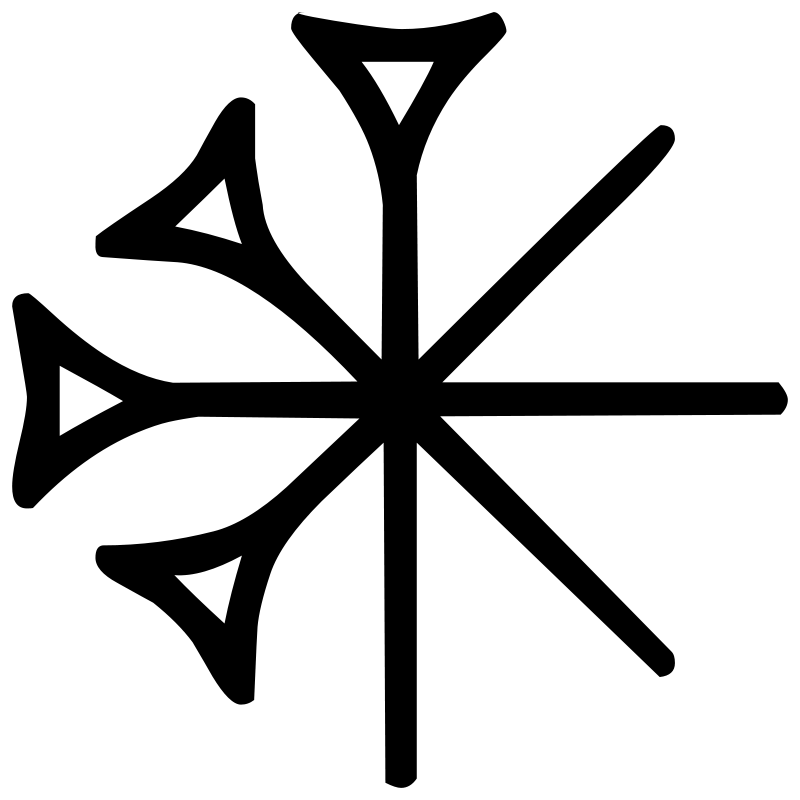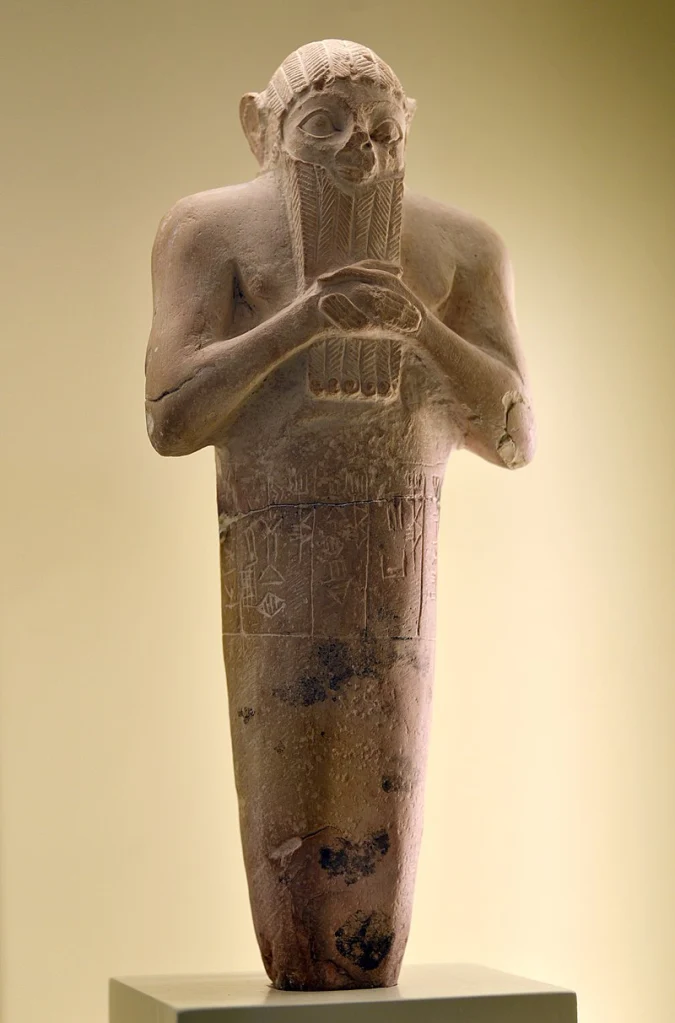Anu
Anu, the Mesopotamian god also known as An, reigned supreme as the ultimate cosmic authority. Envisioned as a majestic figure draped in shimmering robes and seated upon a celestial throne, he embodied the vastness and mystery of the heavens. Though distant from worldly concerns, Anu held the paramount position in the pantheon, fathering deities and setting the celestial machinery in motion. His enigmatic presence, a blend of regal power and unknowable secrets, left unanswered questions about his true role in the divine drama.

Parents: Apsu and Nammu (Sumerian religion); Anshar and Kishar (East Semitic); Alalu (Hittite religion)
Consort: Uraš (early Sumerian); Ki (later Sumerian); Antu (East Semitic); Nammu (Neo-Sumerian)
Children: Adad, Enki, Enlil, Girra, Nanna-Suen, Nergal, Šara, Inanna, Nanaya, Nidaba, Ninisinna, Ninkarrak, Ninmug, Ninnibru, Ninsumun, Nungal and Nusku
Greek Equivalent: Uranus
Roman Equivalent: Caelus
Unlike many gods who actively weaved through myths, Anu, the Mesopotamian king of the heavens, held a more reserved position. Though rarely a central character, his authority was absolute. He functioned as the ultimate judge in celestial disputes, ensuring cosmic order through his approval. Anu’s influence transcended the heavens, symbolizing divine hierarchy and the structured universe the Mesopotamians envisioned. Grand temples, like the Uruk ziggurat, served as bridges to Anu’s realm, solidifying his role as the link between the earthly and the divine, a powerful yet somewhat mysterious presence in their world.

